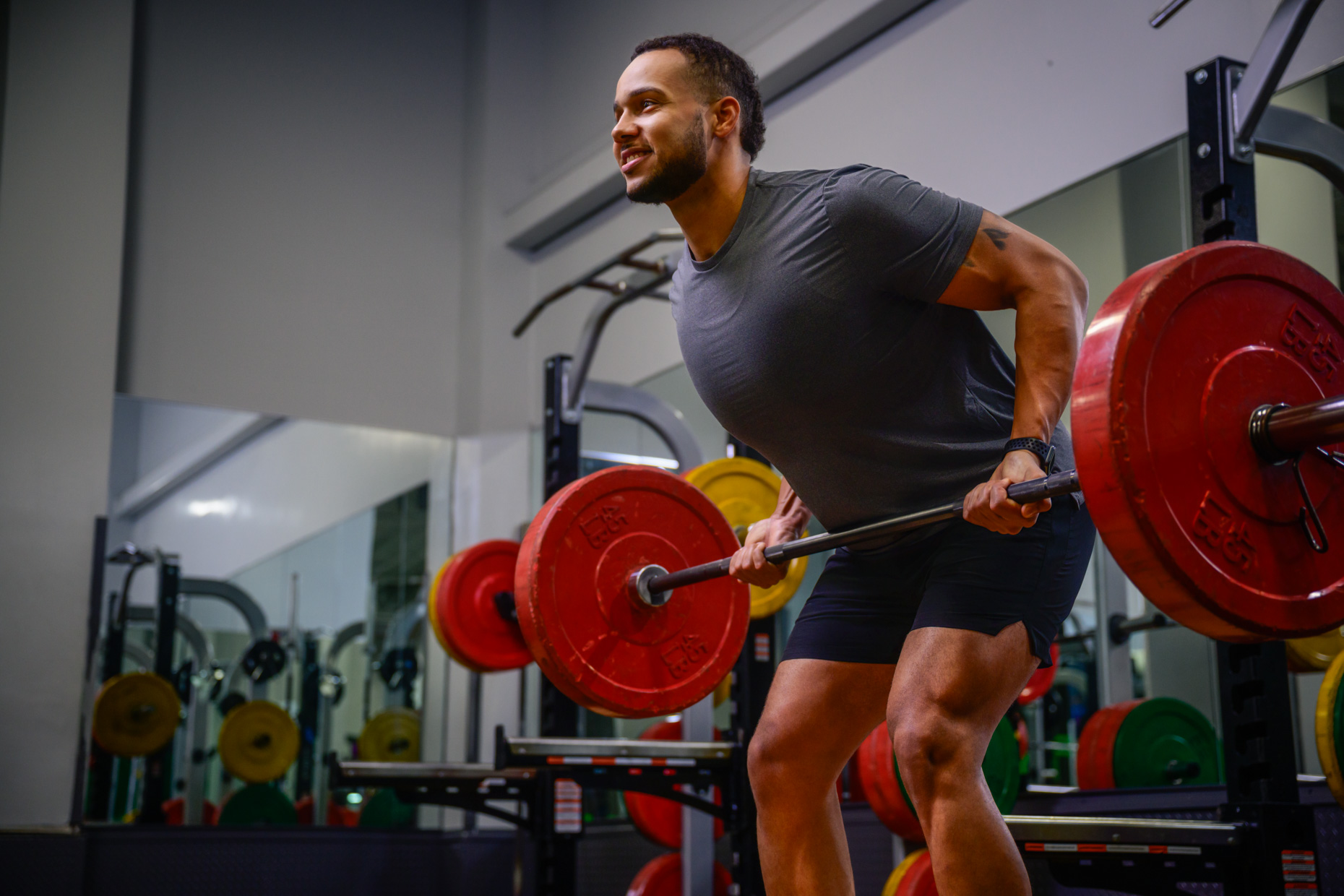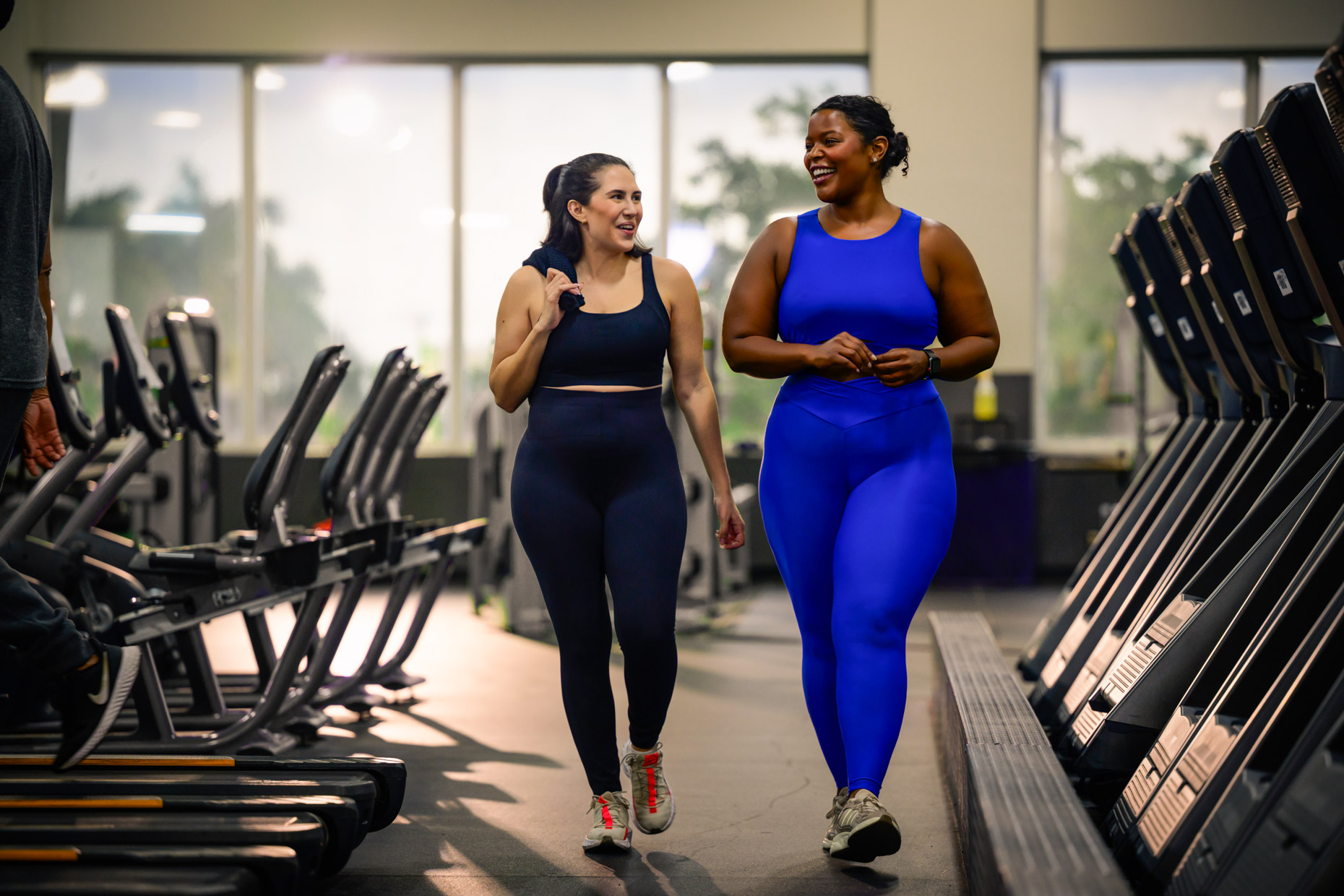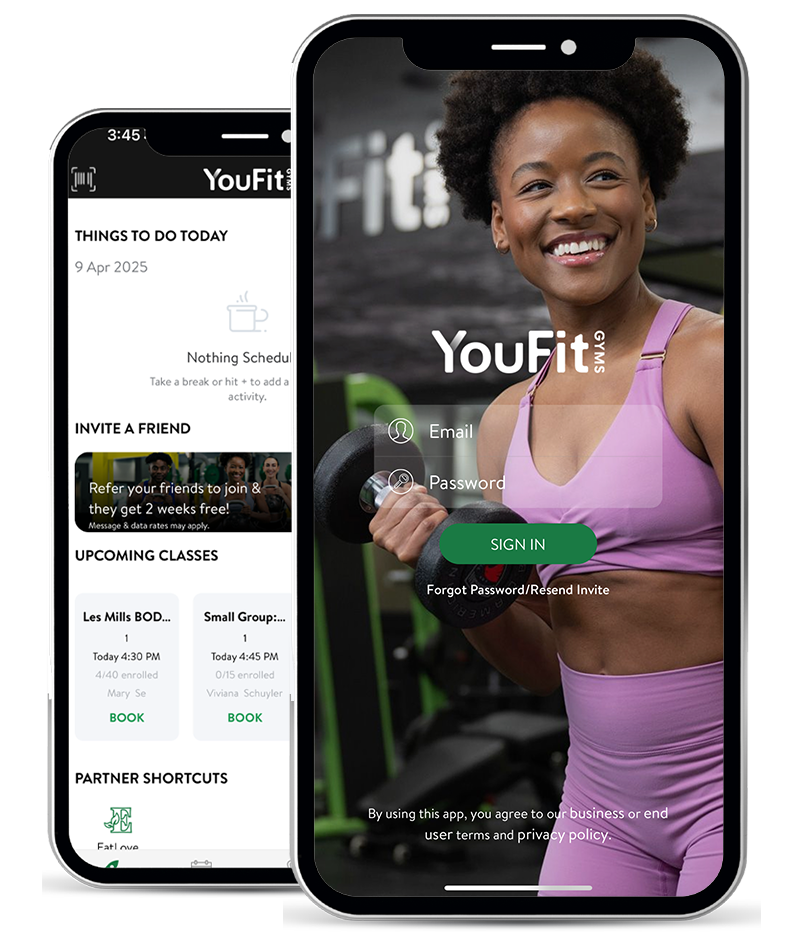The scene is almost a cliché of autumn perfection: a sprawling pumpkin patch, the air crisp and smelling of hay, and my family on a mission to find the perfect future jack-o’-lantern. We found it—a colossal, beautifully round pumpkin that my son insisted was “the one.” I crouched down, wrapped my arms around its girth, and with a confident grunt, I heaved. And then I felt it. Not a sharp, debilitating pain, but a subtle, ominous “twinge” in my lower back. I managed to get the pumpkin into the wagon, but for the rest of the day, I moved with a new, unwelcome stiffness, a constant reminder of that one awkward lift.
That twinge was a wake-up call. I was a “gym person.” I could leg press a respectable amount of weight and perform a seated cable row with what I thought was decent form. So why did lifting a 40-pound pumpkin feel so treacherous? The answer was simple: I had been training my muscles in isolation, but I hadn’t been training them to work together. I was building gym strength, not life strength.
This realization led me to embrace a philosophy that has since become the cornerstone of my training: functional training. It’s a method that bridges the gap between the gym and the real world, ensuring that the strength you build in the power rack protects you in the pumpkin patch. If you’ve ever felt that twinge or wondered why your gym efforts aren’t making everyday tasks easier, this is for you. We’re about to explore the science behind functional training, its profound benefits, and how it can transform you into a stronger, more resilient human being.
What is Functional Training? Building a Body That Works
At its core, functional training is a workout philosophy that prioritizes exercises mimicking the movements you perform in your day-to-day life. Think about the fundamental human movement patterns: squatting (sitting and standing), hinging (bending over to pick something up), pushing (moving furniture), pulling (opening a heavy door), and carrying (groceries, children, luggage).
Traditional, machine-based workouts often isolate a single muscle group—like a bicep curl or a leg extension machine. While these have their place, they fail to teach your muscles how to work as an integrated system. Your body doesn’t think in terms of individual muscles; it thinks in terms of movement patterns. Functional training honors this by focusing on compound exercises, which are movements that engage multiple joints and muscle groups at once. This approach delivers a wealth of functional training benefits that isolated exercises simply cannot match.
The Science of Real-World Strength: Neurons, Muscles, and Movement Patterns
When you perform a functional, compound movement like a deadlift, the benefits go far beyond just strengthening your hamstrings and back. You are orchestrating a complex symphony of neurological and muscular activity that has profound, lasting effects.
- Building Neural Blueprints: Every time you perform a movement, your brain sends electrical signals through your central nervous system to the specific muscles required to do the job. The more you practice a particular movement pattern, the more efficient this neural pathway becomes through a process called myelination. This is your brain building a “blueprint” or a motor program for that movement. When you practice a deadlift with good form, you are creating a highly efficient neural blueprint for the “hip hinge” pattern. The next time you need to lift a heavy bag of soil, your brain doesn’t have to guess; it automatically accesses this pre-programmed blueprint, firing your glutes and hamstrings to do the heavy lifting and bracing your core to protect your spine. This is why functional training is a powerful tool for injury prevention.
- The Power of Co-contraction: Functional exercises teach your muscles how to work together. During a squat, your quads, glutes, hamstrings, and core muscles aren’t working in sequence; they are all firing simultaneously to control the movement. This co-contraction of agonist (prime mover), antagonist (opposing muscle), and stabilizer muscles is crucial for joint stability and real-world strength. Isolated machine exercises rarely, if ever, train this crucial muscular teamwork, which is why someone who can leg press 400 pounds might still feel unstable during a bodyweight squat.
- Proprioceptive Enhancement: Proprioception is your body’s “sixth sense”—its ability to know where it is in space. Functional exercises, especially those performed with free weights or on your feet, constantly challenge your balance and stability. This enhances the communication between the sensory receptors in your muscles and joints and your brain, making you more coordinated, balanced, and less likely to fall or stumble.
At YouFit Gyms, we believe in building strength that serves you both inside and outside our walls. Our facilities are fully equipped for a powerful functional training routine. Experience the difference for yourself with a complimentary three-day pass!
The Ultimate Functional Training Workout
This workout is designed to be performed 2-3 times per week, focusing on the five fundamental movement patterns. It will build strength, improve coordination, and directly translate to a more capable and resilient you.
- 1. The Goblet Squat (Pattern: Squat)
- Why it’s Functional: This is the quintessential “sitting and standing” pattern. The goblet hold acts as a counterbalance, making it easier to learn proper squat mechanics while intensely engaging the core to stay upright.
- Real-World Translation: Getting up from a low chair, sitting on the floor to play with kids, lifting a box from a low shelf.
- How to Do It: Hold a dumbbell or kettlebell vertically against your chest. With your feet slightly wider than shoulder-width apart, push your hips back and bend your knees to lower yourself down. Keep your chest up and your back straight. Go as deep as you comfortably can, then drive through your heels to return to the start. Aim for 3 sets of 8-12 reps.
- 2. The Kettlebell Deadlift (Pattern: Hinge)
- Why it’s Functional: This is the master pattern for safely lifting objects from the floor. It teaches you to lift with your powerful glutes and hamstrings, not your vulnerable lower back.
- Real-World Translation: Picking up a pumpkin, a bag of groceries, a piece of luggage, or a small child.
- How to Do It: Place a kettlebell on the floor between your feet. Hinge at your hips, keeping your back flat and chest proud, until you can grip the handle. Squeeze your glutes and drive your hips forward to stand up tall, lifting the kettlebell. Reverse the motion with control. Aim for 3 sets of 6-10 reps.
- 3. The Dumbbell Overhead Press (Pattern: Push)
- Why it’s Functional: Pressing weight overhead while standing demands total-body stability. Your core, glutes, and legs must work together to create a solid platform from which to press.
- Real-World Translation: Placing a heavy item on a high shelf, lifting a suitcase into an overhead compartment.
- How to Do It: Stand with your feet shoulder-width apart, core braced. Hold a pair of dumbbells at your shoulders. Press the dumbbells directly overhead until your arms are fully extended. Lower them back to your shoulders with control. Aim for 3 sets of 8-12 reps.
- 4. The Dumbbell Bent-Over Row (Pattern: Pull)
- Why it’s Functional: This movement strengthens the entire back and teaches you to maintain a stable, flat back while performing a pulling motion, crucial for spinal health.
- Real-World Translation: Starting a lawnmower, pulling open a heavy door, dragging a heavy object.
- How to Do It: Hold a pair of dumbbells with your palms facing each other. Hinge at your hips until your torso is nearly parallel to the floor, keeping your back straight. Pull the dumbbells up towards your chest, squeezing your shoulder blades together. Lower with control. Aim for 3 sets of 8-12 reps.
- 5. The Farmer’s Carry (Pattern: Carry)
- Why it’s Functional: This is perhaps the most “functional” exercise of all. It builds crushing grip strength, a stable core, and postural endurance.
- Real-World Translation: Carrying multiple bags of groceries, a heavy suitcase through an airport, or a bucket of water.
- How to Do It: Pick up a heavy dumbbell or kettlebell in each hand. Stand up tall, pull your shoulders back, and brace your core. Walk for a set distance or time, maintaining perfect posture. Aim for 3 sets of 50-100 feet.
Ready to build strength that truly matters? Our certified trainers at YouFit Gyms can guide you through every step of your functional training journey. Unlock your real-world strength with a complimentary three-day pass!
Frequently Asked Questions (FAQ)
Q: What are the main functional training benefits compared to using machines?
A: The primary functional training benefits are superior real-world strength and injury prevention. Functional exercises train your body as an integrated system, building coordination and stability that directly translate to everyday tasks. Machines, by contrast, often isolate muscles and operate on a fixed path, which doesn’t prepare your body for the unpredictable nature of real-life movements.
Q: Is functional training good for weight loss?
A: Yes, it’s excellent for weight loss. Because functional exercises are compound movements that use multiple large muscle groups, they are very metabolically demanding. This means you burn a significant number of calories both during and after your workout, which can contribute to fat loss.
Q: I’m a beginner. Is functional training safe for me?
A: Functional training is not only safe for beginners, it’s ideal. The key is to start with bodyweight versions of the movements (e.g., bodyweight squats, glute bridges) to master the form before adding external weight. This builds a strong foundation and teaches proper movement patterns from day one.
Q: Can I build significant muscle with functional training?
A: Absolutely. While bodybuilding routines are designed specifically for maximizing muscle size (hypertrophy), the compound lifts central to functional training are some of the most effective muscle-builders there are. Squats, deadlifts, and presses stimulate a large amount of muscle mass and trigger a significant hormonal response that promotes overall growth.
Q: How does functional training improve quality of life?
A: It improves your quality of life by increasing your physical capabilities and confidence. When you’re functionally strong, you move better, feel better, and have more energy. Everyday tasks become easier, you’re less likely to suffer aches, pains, and injuries, and you’re more capable of participating in the activities you love, whether that’s gardening, hiking, or playing with your grandchildren.










